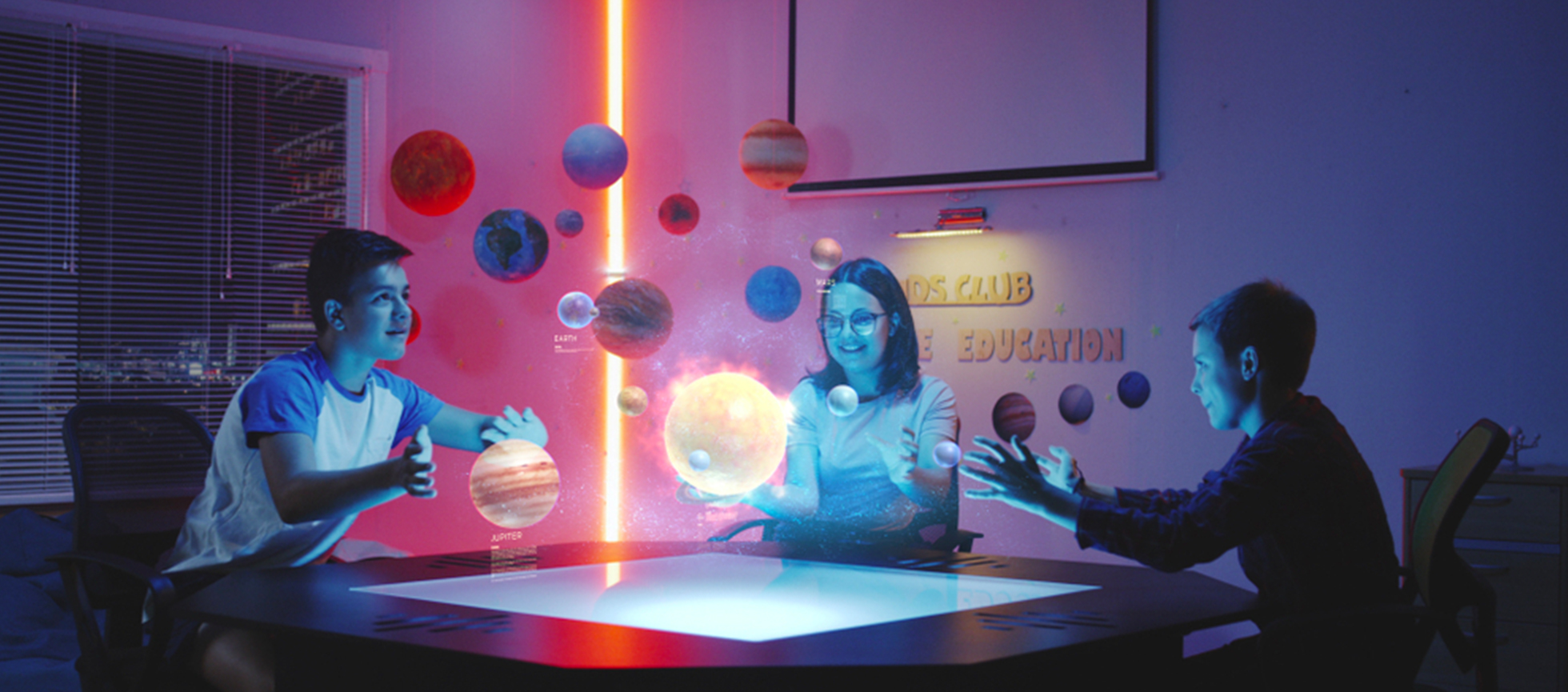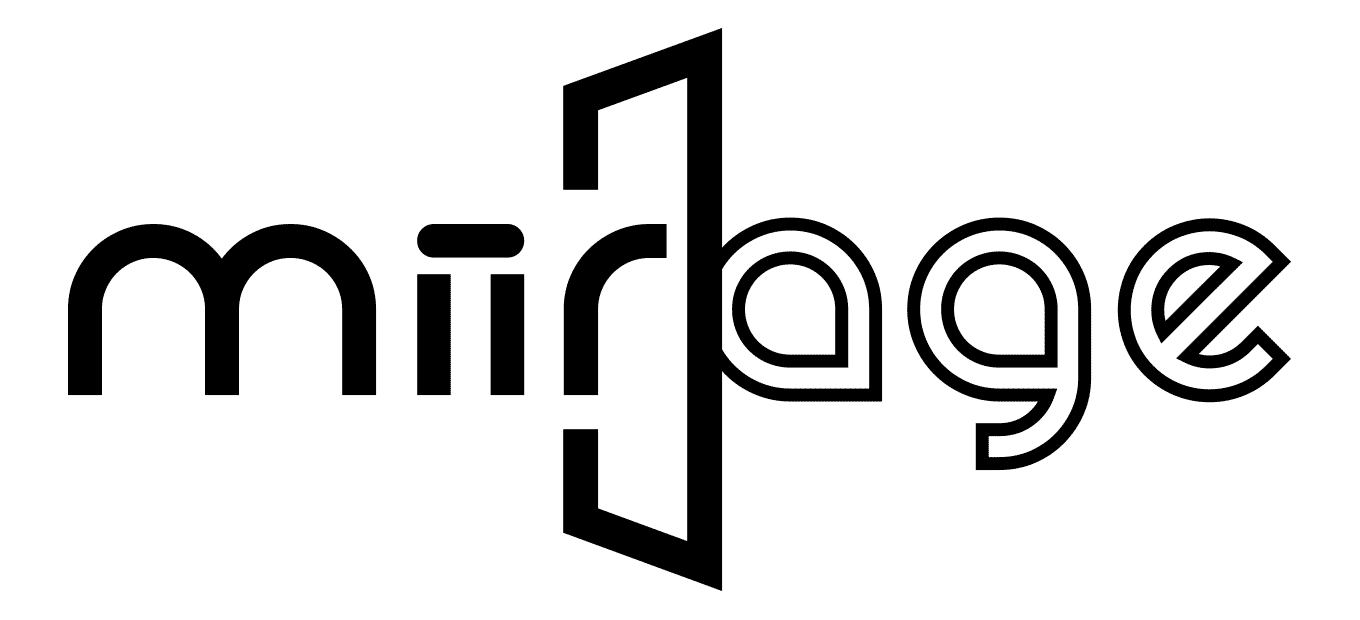Interactive Learning: The Role of Holographic Technology in Education

The educational landscape is in a state of constant evolution, with each technological advancement offering new opportunities to enrich and enhance the learning experience. One of the most groundbreaking of these advancements is holographic technology, which has begun to carve a niche for itself in the domain of education. This technology offers a level of interactivity and immersion that is a quantum leap from traditional educational methodologies, with the potential to transform how students engage with and comprehend complex subject matter.
The Multidimensional Classroom
In traditional classroom settings, educators often grapple with the challenge of elucidating abstract concepts, complex theories, and historical events with mere words or two-dimensional images. Holographic technology disrupts this status quo by introducing a three-dimensional, interactive mode of presentation that allows concepts to leap off the page and come to life before students’ eyes. Visual learning via holography has been supported by research, including a significant study from the National Academy of Sciences, which asserts that visual tools can enhance scientific understanding and are particularly effective in conveying concepts that are not easily represented in two dimensions.
Engagement and Cognitive Retention
Engagement is the cornerstone of effective learning, and it is here that holographic technology truly shines. The interactivity inherent in holographic systems transforms passive learning into an active experience, captivating students’ attention in ways traditional lectures often fail to do. Reports, such as one from the MIT Education Arcade, have highlighted the correlation between interactive learning environments and heightened student engagement. The use of holography in education fosters a dynamic learning environment that not only holds the attention of students but also aids in the retention of information by anchoring learning in experiential moments.
Global Collaboration and Cultural Exchange
In an increasingly globalized educational landscape, the ability to learn from and with individuals from diverse backgrounds is invaluable. Holographic technology facilitates this by enabling educators and students to connect across vast distances without the need for physical travel. Such technology fosters a virtual yet palpable presence, allowing for real-time collaboration and cultural exchange. The significance of this capability is underscored by a study from the Online Learning Consortium, which points to interactive technologies as instrumental in building a sense of community among learners who are not physically co-located, thus enriching the learning experience and fostering a global classroom environment.
Tailored and Scalable Educational Experiences
The adaptability of holographic technology is one of its most significant attributes. It offers educators the ability to customize learning experiences to match the diverse needs of their students, whether that involves scaling a holographic demonstration for an auditorium full of university students or creating a focused, subject-specific module for a small high school class. This level of customization is not just a boon for students; it allows educators to reimagine their pedagogical approach, tailoring their lessons to suit varying academic disciplines and learning styles, thereby maximizing educational impact.
Environmental Sustainability and Cost-Effectiveness
The implementation of holographic technology in education goes beyond pedagogical benefits; it also aligns with sustainable practices by reducing the environmental impact of education. The decrease in the need for physical resources and the lessening of travel for both students and educators contribute to a reduced carbon footprint. Economically, holographic technology has the potential to offer a cost-effective alternative to traditional resources, which often involve recurrent expenses.
The path to integrating holographic technology in educational systems involves strategic planning and investment. It requires not only infrastructural changes but also a shift in educational practices. Educators must be equipped with the knowledge and skills to utilize this technology effectively, which may necessitate comprehensive professional development programs. Moreover, educational institutions must be willing to explore and innovate, ensuring that the technology is leveraged to its full potential to deliver an enriched learning experience.
The transformative impact of holographic technology in the realm of education is poised to reshape pedagogical strategies and learning outcomes. It holds the promise of making education a more interactive, practical, and impactful journey for students. As access to this technology expands, it is likely to become an integral component of forward-thinking educational models, heralding a new era in which learning is not just absorbed but experienced in all its dimensions.

